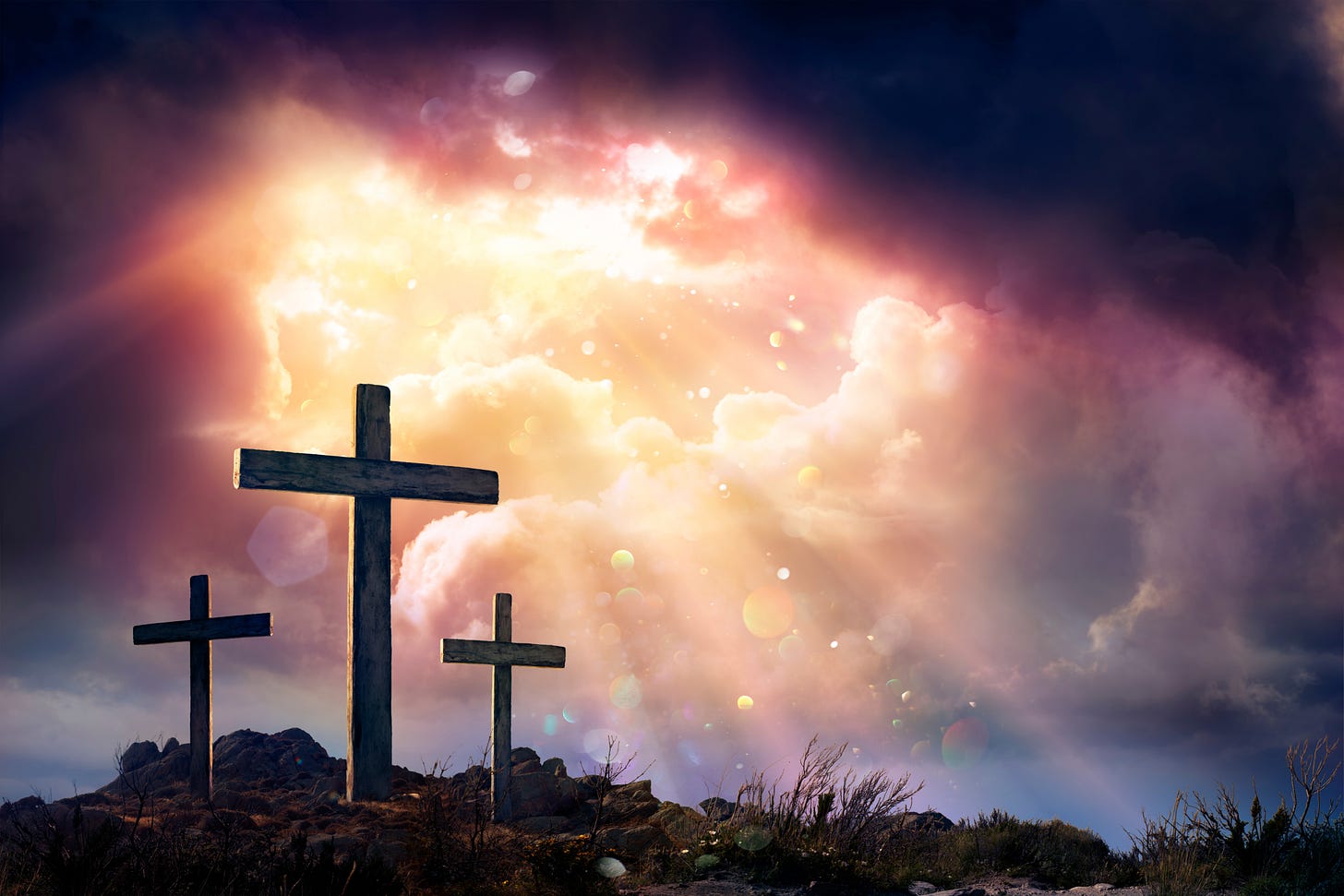✝️ Justice at the Crossroads: Cruelty, Constitution, and the Gospel
The Eighth Amendment forbids “cruel and unusual punishment,”

On March 15, 2025, Kilmar Abrego Garcia was deported to El Salvador in violation of a court order protecting him from removal. Upon arrival at the notorious CECOT prison, he was stripped naked, beaten, shaved, and frog-marched to a cell where he and 20 others were forced to kneel overnight. Guards struck anyone who collapsed from exhaustion. He lost 31 pounds in two weeks.
This wasn’t just a bureaucratic failure—it was a moral collapse. The U.S. government knowingly sent a man into a system of torture, then denied it happened. The Supreme Court later ruled his removal “illegal,” but the damage had already been done.
“Welcome to CECOT. Whoever enters here doesn’t leave,” a prison official reportedly said.
📜 Section 1: Cruel and Unusual—But for Whom?
The Eighth Amendment forbids “cruel and unusual punishment,” but its enforcement often bends to power, privilege, and politics. Abrego Garcia’s torture in CECOT wasn’t just an international tragedy—it was a constitutional betrayal.
What does cruelty look like in a system shaped by inequality?
It’s not just about method—it’s about intent. It's when legality becomes a shield for violence. It’s when those with the least power absorb the greatest consequences.
The Gospel offers no ambiguity here. Jesus didn’t weigh legality before defending the condemned. He saw suffering—and moved toward it.
“Blessed are the merciful, for they will be shown mercy.” — Matthew 5:7
✝️ Section 2: The Gospel of Mercy
Where legal frameworks default to punishment, Jesus modeled restoration. His ministry was a series of holy interruptions—healing the wounded, pausing executions, and walking alongside the outcast.
In John 8, the crowd prepared to stone a woman. But Jesus knelt and wrote in the dust, saying: “Let any one of you who is without sin be the first to throw a stone.” The Gospel spares the condemned not because they’re innocent, but because they’re beloved.
Mercy, in Christian tradition, is the refusal to mirror cruelty. It is justice clothed in tenderness. When Abrego Garcia was tortured, the Constitution had failed—but the Gospel would have fed him, healed him, and called him by name.
⚖️ Section 3: Legalism vs. Liberation
Legalism measures worth by adherence. Liberation sees humanity beyond the violation.
Jesus declared, “He has sent me to proclaim freedom for the prisoners…” — Luke 4:18. That isn’t figurative. It’s mission.
In a punitive system, justice is transactional. In the Gospel, it’s transformational. The imprisoned, the stranger, the poor—these are the people Jesus identified with. The cross itself was a punishment—but it became the pathway to mercy.
Legalism says: You broke the rule, pay the price.
Liberation says: You are more than your worst moment.
🕊️ Section 4: Toward a Theology of Justice
Justice in the Gospel is not an abstraction—it’s embodied. It’s proximity to pain. It’s action rooted in compassion.
Christian civic engagement begins with the question: What does love require?
It refuses to reduce policy to statistics. It demands we name violence, even when cloaked in law. It calls for systems that restore, not just punish.
“Let us not love with words or speech but with actions and in truth.” — 1 John 3:18
We are called to carry grief, offer dignity, and imagine new models—where mercy is law, and restoration is policy.
🕯️ Closing Blessing
May you carry the names of the forgotten with tenderness,
and let mercy disrupt your silence.
May justice not be an idea you admire,
but a road you walk with courage and intention.
May your hands be willing to reach,
your voice ready to speak,
and your table wide enough to hold
both grief and grace.
Go forth knowing that Christ walked with the condemned,
and still walks with those the world tries to erase.
You are called to remember,
to restore,
and to refuse cruelty in all its disguises.
Amen.
“And when they came to the place called The Skull, there they crucified Him and the criminals, one on the right and the other on the left.” — Luke 23:33




